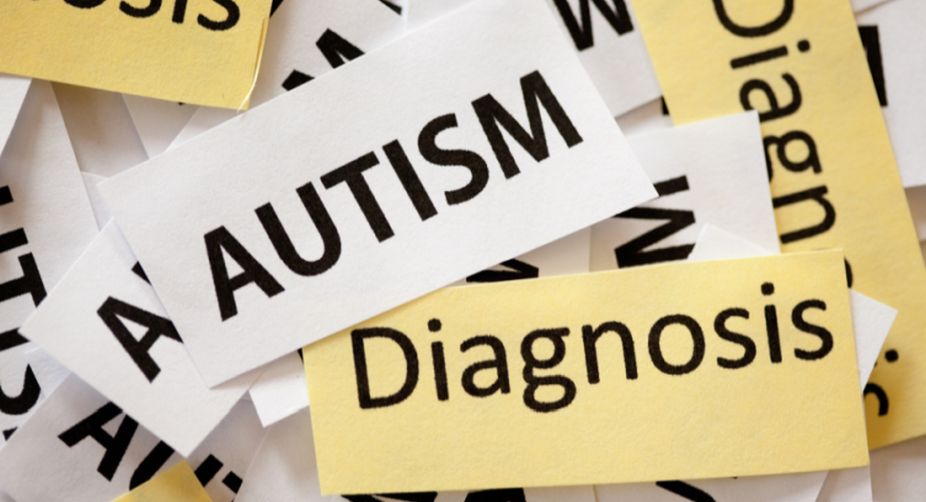In a first, scientists have discovered a way to accurately predict whether a child has autism spectrum disorder by analysing a blood sample, an advance that opens the door to earlier diagnosis and potential future development of therapeutics.
The test is the first physiological test for autism spectrum disorder (ASD), researchers said.
"We investigated patterns of several metabolites and found significant differences between metabolites of children with ASD and those that are neurotypical," said Juergen Hahn, professor at the Rensselaer Polytechnic Institute in the US.
"These differences allow us to categorise whether an individual is on the autism spectrum," said Hahn.
"By measuring 24 metabolites from a blood sample, this algorithm can tell whether or not an individual is on the Autism spectrum, and even to some degree where on the spectrum they land," he said.
ASD is estimated to affect about 1.5 per cent of individuals and is characterised as "a developmental disability caused by differences in the brain," according to the US Centres for Disease Control and Prevention.
The physiological basis for ASD is not known, and genetic and environmental factors are both believed to play a role.
People with ASD "may communicate, interact, behave, and learn in ways that are different from most other people."
Research shows that early intervention can improve development, but diagnosis currently depends on clinical observation of behaviour, an obstacle to early diagnosis and treatment. Most children are not diagnosed with ASD until after age 4 years.
Hahn used a big data analysis technique to analyse a group of 149 people, about half of whom were on the autism spectrum.
Deliberately omitting data from one of the individuals in the group, Hahn subjected the dataset to advanced analysis techniques, and uses the results to generate a predictive algorithm. The algorithm then makes a prediction about the data from the omitted individual.
Hahn cross-validated the results, swapping a different individual out of the group and repeating the process for all 149 participants. His method correctly identified 96.1 per cent of all neurotypical participants and 97.6 per cent of the ASD cohort.
The study was published in the journal PLOS Computational Biology.











